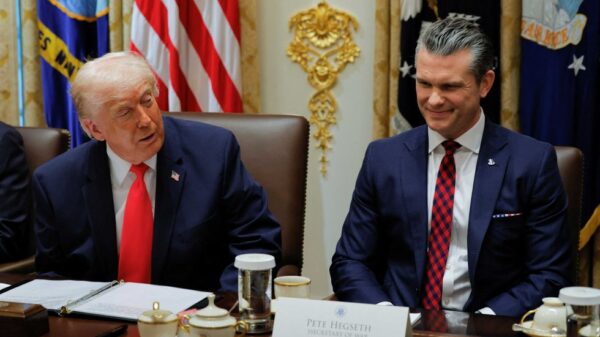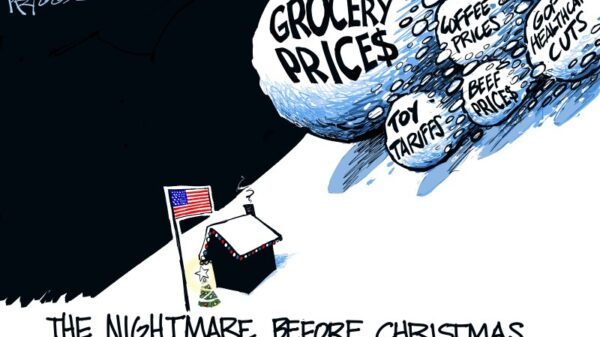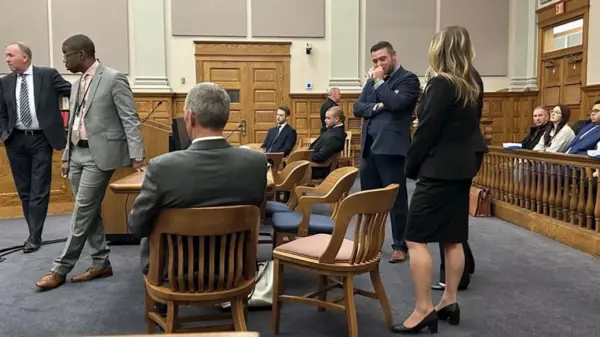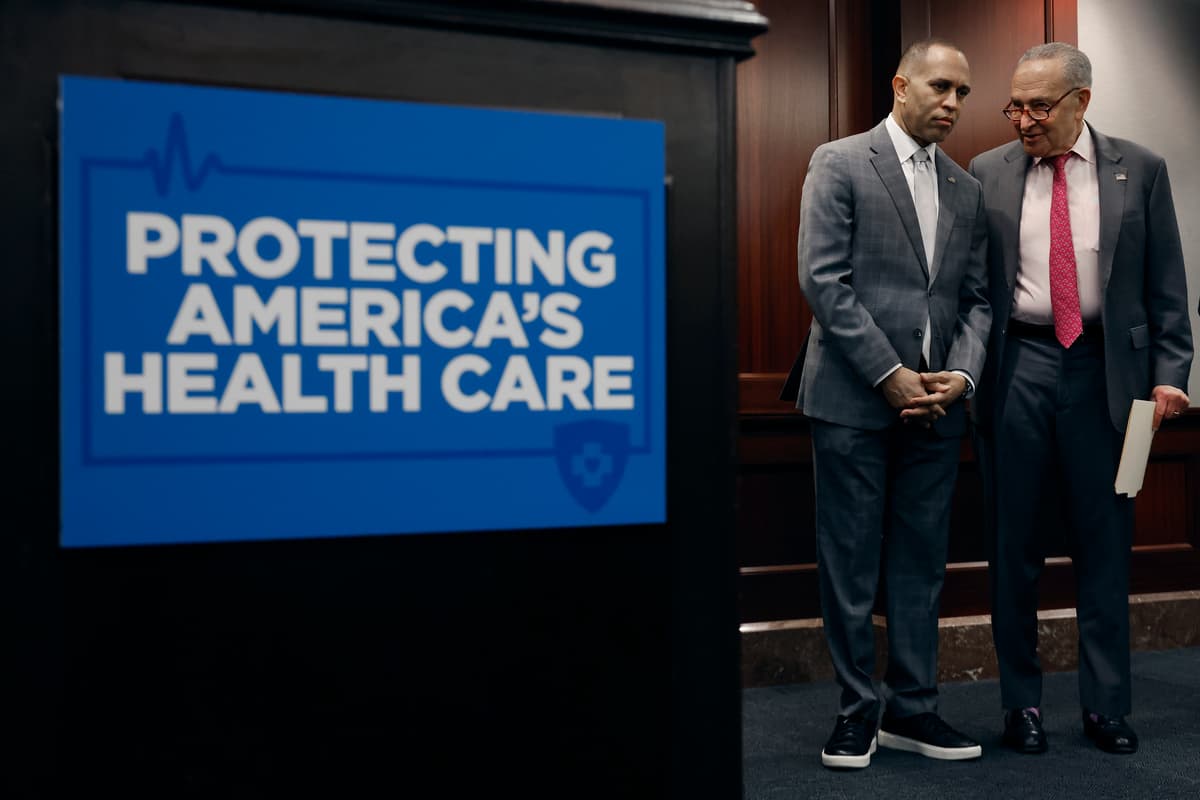The ongoing government shutdown is largely attributed to Democrats’ insistence on extending the temporary health care subsidies introduced during the Covid-19 pandemic. This proposal includes locking in the expanded Obamacare premium tax credits, often referred to as the “Biden Covid-19 credits.” Democrats argue that increasing funding directed to insurance companies is the solution to lowering health care costs, but many experts contend this approach may not effectively address the underlying issues.
The financial implications of permanently extending these subsidies are significant. According to estimates from the Congressional Budget Office (CBO), this move could cost approximately $410 billion over the next decade, including interest. Total spending could reach $488 billion in that timeframe. Critics highlight that this funding would primarily benefit insurance companies without addressing the core reasons behind rising premiums.
The anticipated increase in individual-market premiums is expected to reach around 18 percent by 2026, driven by various factors such as escalating medical care costs, shortages of healthcare professionals, and the effects of inflation. Gadai Bulgac from the Economic Policy Innovation Center notes that independent reviews attribute over half of this expected increase to medical cost pressures, while approximately 20 percent is linked to tariffs and broader economic conditions.
Subsidies are often viewed as a means of masking the actual costs of coverage rather than reducing them. They shift the financial burden from enrollees to taxpayers, which diminishes consumer pressure to seek better value from insurance providers. Additionally, the integrity of the program has been called into question, with many enrollees filing no medical claims in 2024. Reports indicate that nearly 12 million exchange participants did not utilize their plans at all, resulting in approximately $35 billion in subsidies directed to insurers for individuals who never accessed their coverage.
As it stands, the total number of improper enrollments is projected to reach 6.4 million in 2025, leading to an estimated federal expenditure of around $27 billion. Much of this issue arises from brokers enrolling individuals into zero-premium plans without adequate verification, allowing the system to reward quantity over accuracy.
Despite the substantial costs associated with the proposed subsidy extension, the CBO estimates that this policy would only increase insurance enrollment by about 3.8 million people by 2035. The average cost per newly insured individual would be around $10,000, potentially rising to more than $11,500 by that time. Critics argue that many of these newly insured individuals would have alternative coverage options, leading employers to drop job-based plans in favor of pushing employees onto the exchanges.
In light of these challenges, several alternative reforms have been suggested that could more effectively address the underlying issues of high health care costs. These include:
1. Allowing the pandemic-related subsidy expansion to expire while maintaining the original Obamacare subsidies, which will still provide significant coverage for low- and moderate-income enrollees.
2. Tackling the root causes of high medical costs by modernizing scope-of-practice rules, implementing site-neutral payments, and removing tariffs that elevate drug and equipment prices.
3. Restoring the integrity of the health insurance exchanges by ending automatic enrollments without verification and promptly reconciling advance credits to recover improper payments.
4. Encouraging consumer pressure and enhancing patient choice by improving price transparency and expanding access to affordable health care alternatives.
If Congress is committed to maintaining the framework of Obamacare, focusing on transparent and cost-effective reforms could help lower premiums while also reducing overall subsidy costs. These efforts could be particularly impactful if paired with deregulatory measures aimed at enhancing the efficiency of marketplace plans.
It is essential to recognize that the beneficiaries of the expanded subsidies have often included higher-income households, some earning more than $500,000 annually. The original Obamacare subsidies, designed to assist low-income families, will continue to be available, providing substantial tax credits to those in need.
As the budget standoff continues, the argument remains: why exacerbate deficits by entrenching a system that raises premiums and directs taxpayer funds to insurers? The focus should be on creating a sustainable health care system that prioritizes affordability and genuine access to care.






































































